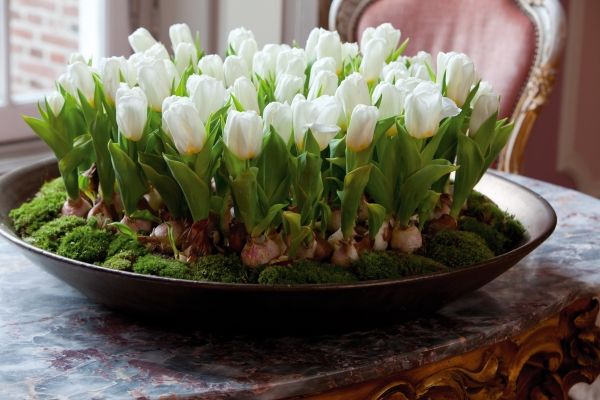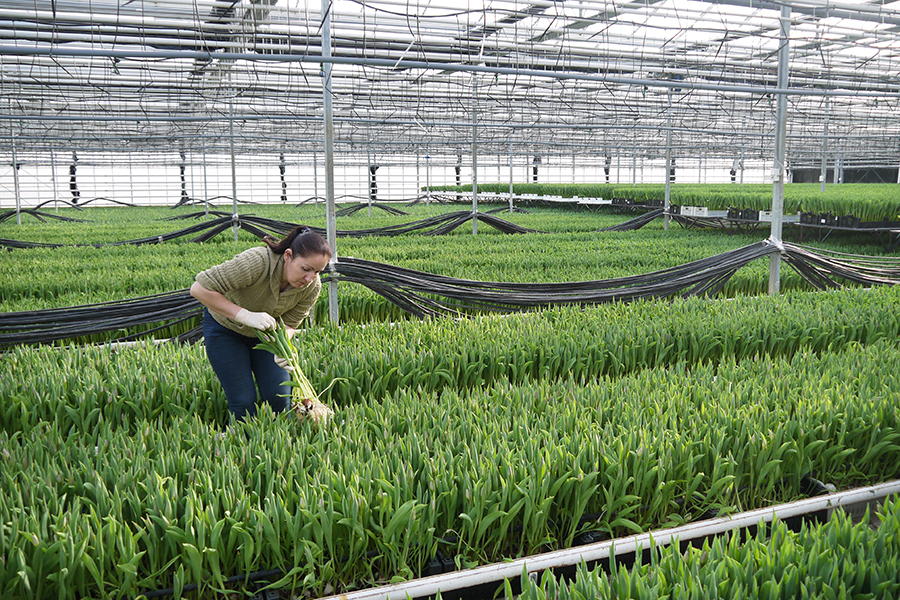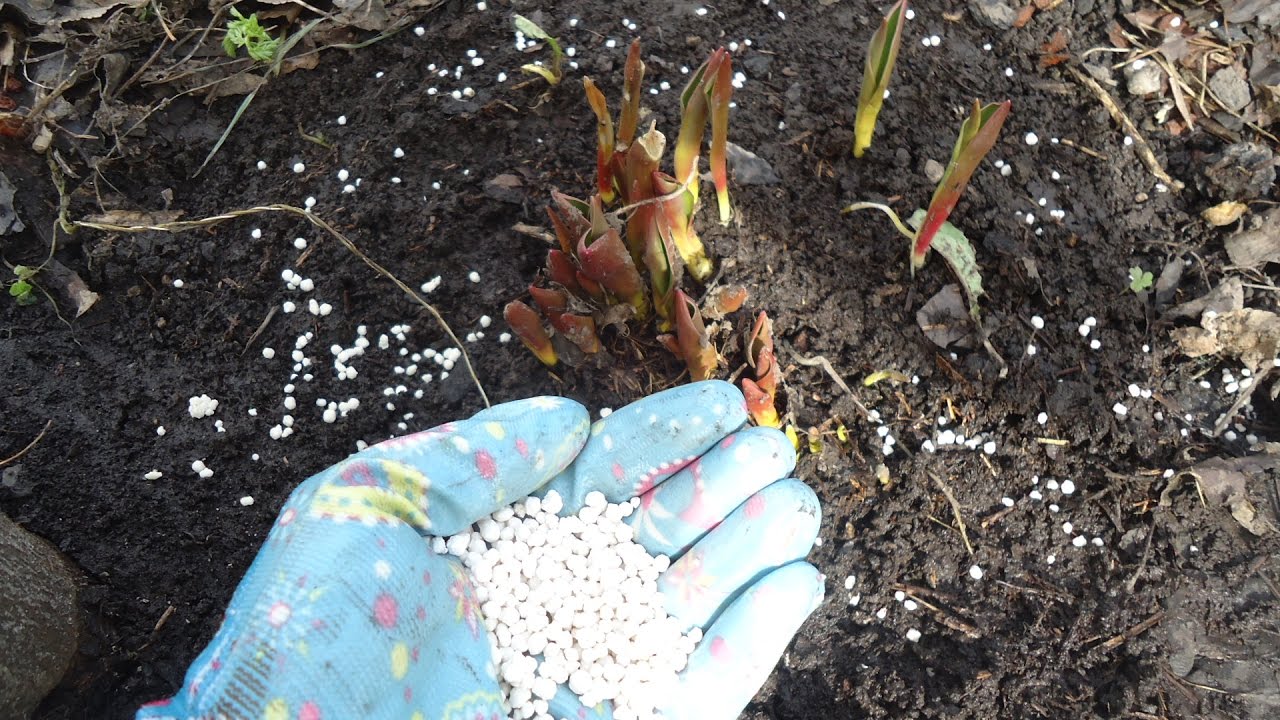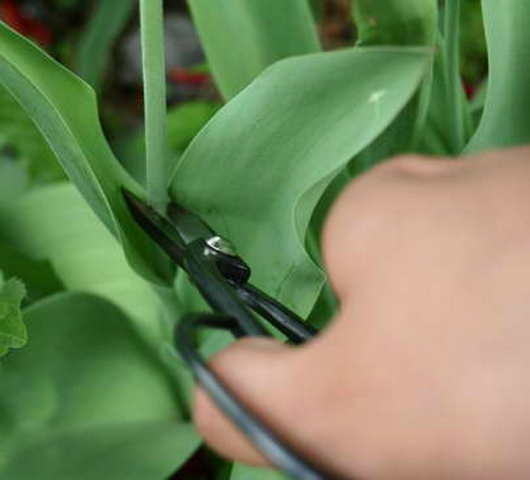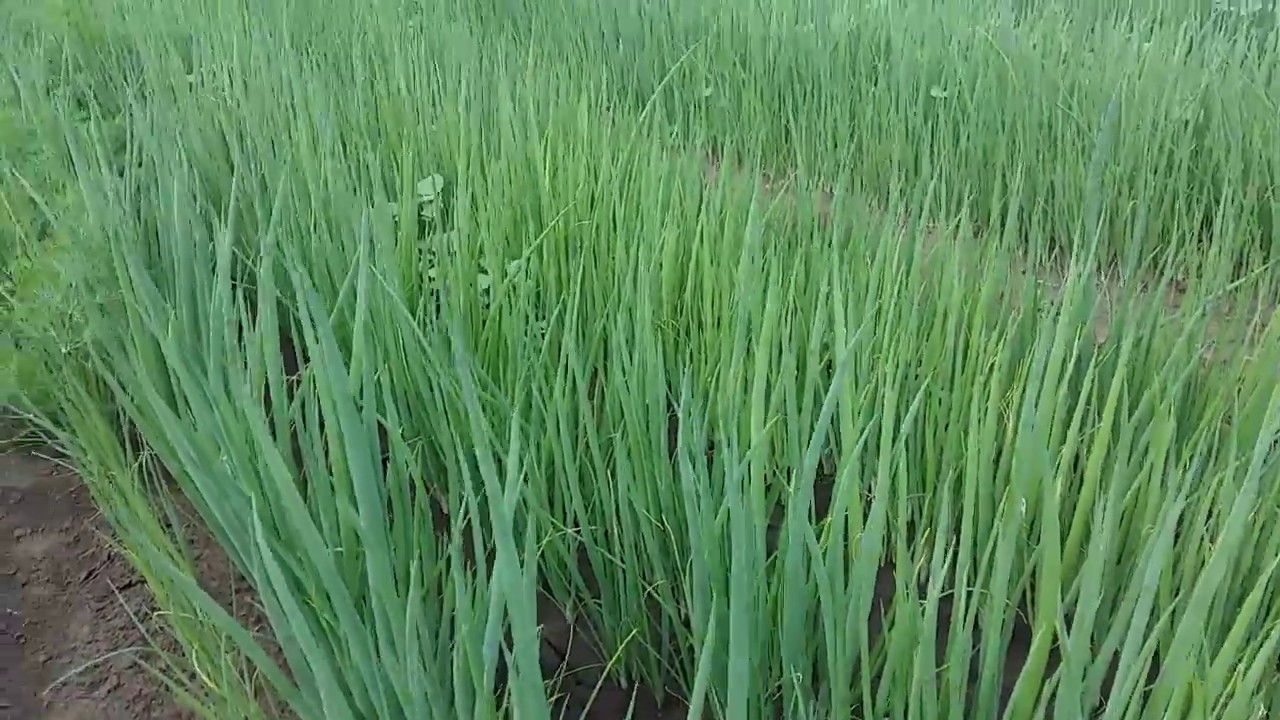Content:
Growing and caring for tulips is a painstaking business, but not difficult. Breeders are breeding more and more new varieties, the abundance of forms and colors suggests buying the coveted bulb. Where to start and where to plant? The answers to these and many other questions are later in the article.
How and where to grow tulips
The natural habitat of these bulbous plants is mountainous or steppe regions with cold winters and hot dry summers. In this connection, their main adaptation is the presence of a bulb, the storage functions of which made it possible to endure adverse conditions for a long time.
Such a flower can be successfully planted both in stony and flat areas. The simplest garden tulips grow well even on depleted (non-acidic!) Sandy soils. But varietals prefer more nutritious soil.
There are only two growing methods: bulb and seed. They can be purchased at specialized stores or you can use existing ripe tulips as a source of planting material.
How tulips breed
Reproduction in tulips occurs in two ways:
- Vegetatively - with the help of daughter bulbs, etc. babies that form at the base of the scales of the mother (replacement) bulb. In the summer they are dug up and planted in the fall. This type is the most practical for gardeners, as it makes it possible to see flowering annually.
- Generatively - by pollination of a flower, after which a triangular box with seeds inside is formed. This method is applicable by breeders to develop new varieties and improve existing ones. In private practice, it is practically not used, since the first shoots can be expected for about 2 years, and the flowering of the shoot from 4 to 6 years.
Since tulips reproduce in two ways, they are planted the same way.
Growing from bulbs and seeds in the open field, greenhouse and at home
Regardless of what resources the florist has, the choice of tulip cultivation method directly depends on the goals pursued and the desired results.
When working with seed, it should be borne in mind that such cultivation of tulips from seeds will take a long time, since its life cycle is broken down step by step:
- In the spring, a sprout emerges from the seed. In the first year, it is a tubular arrow with one spine.
- In the second year, it is replaced by a flat wide sheet. A second root appears and the bud of the future bulb is laid.
- In the third, the bulb is formed, active rooting is in progress. In the summer, it can be transplanted.
- For 4-5 years, the formed bulb is capable of giving a full-fledged shoot, and further propagation of tulips by bulbs is possible.
Seed germination takes about 3 months before the formation of a thin tubular sprout and is carried out in several ways:
- In late autumn, seeds are laid in a container / pot to a depth of 3 cm, they are sprinkled on top with a thin layer of soil and river sand, watered, covered with a film and provided ventilation. Store in a cool place until sprouts appear.
- In the refrigerator - at a temperature not lower than 5 ° С. The seeds are laid out on a damp filter paper placed on a flat container that is kept cold for 30 days until sprouting. Then they are transferred to a container or open ground for further sprout formation.
- In the open field, tulip seeds are grown in the same way as in a container, but the sowing site must be additionally strengthened with a fence made of boards to prevent the soil level from rising. The right time is September-October.
The sprouts are planted in early spring in:
- Open ground. It is recommended to apply organic fertilizers to the garden at least six months before planting. Drain the soil well, sprinkle with a thin layer of sand. Sprouts are planted at a distance of 2-3 cm from each other, watered.
- Greenhouse. Cultivation of the soil is the same as in open beds. No additional support or cover is required.
- Houses. This will require high-sided containers with a mixture of soil and sand. The sprouts should be set at a short distance from each other. Store at room temperature until autumn, then take it to a cool place with a temperature below 10 ° C for the winter.
Growing tulips from bulbs takes one year and is possible in three ways:
- Outdoors. Planting is carried out in the middle of autumn in a bed previously sprinkled with wood ash. For large bulbs, the depth is 3 heights, for small ones - 2. Sprinkle on top with a dense layer of soil and mulch.
- Forcing tulips in a greenhouse after long-term hardening of the bulbs at a temperature of 7-9 ° C. The walls and floor are watered twice a week to provide the necessary moisture, better illuminate with dim light. By varying the degree of light and moisture intensity, the flowering period can be varied.
- At home - in an apartment or a private house. It is easier to plant tulips in pots or boxes than outdoors. The main thing is to provide coolness and moisture.
About growing tulips in a box, pot, basket
There is one more way to grow tulips. It is associated with open ground, but involves the use of a latent container.
The bulbs are laid in a specialized device - a basket, which you can purchase or make yourself. This could be:
- homemade device from plastic bottles, containers;
- plastic or wooden boxes;
- non-metallic basins.
The undoubted advantages of using such equipment are as follows:
- it is possible to grow tulips in the poorest soil, it is enough to fill the container with the necessary amount of a suitable substrate;
- the likelihood of damage by rodents or pests will be significantly reduced;
- this facilitates the summer harvesting of faded plants, since it is enough to remove the container from the soil and leave it in another place for further ripening of the bulbs, thereby saving the flower bed from unattractive wilted remains of the shoot.
The basics of tulip care during cultivation
The tulip is unpretentious in itself, but for the manifestation of the desired varietal qualities, it needs to be looked after more carefully.
Watering
The procedure is not the same throughout the entire ontogenesis of a plant and directly depends on the stage of development:
- In early spring, before the formation of the bud, watering is carried out as the topsoil dries out. With more or less snowy winters of temperate latitudes during this period, there may be no need for it. For watering during the cool period, you need to use warm water.
- At the stage of bud formation and in the next 2 weeks, watering should be not so much plentiful as regular (at least 1-2 times a week). During this period, the bulb is laid, and a sufficient amount of moisture directly affects its further formation.
Loosening and weeding
In the spring, as soon as the snow melts and the first sprouts of the bulbs appear, the soil should be carefully loosened. Even a novice gardener can handle this. Further, this procedure must be carried out after each abundant watering in order to provide oxygen access to the underground part of the plant.
Bulbous plants have a poorly developed root system, so the storage capacity of the bulb is the main factor for survival. The growth of weeds between tulips contributes not only to active competition for water, but also to the potential threat of infection by pathogenic microorganisms or pests. To avoid oppression of the crop, it is necessary to carefully weed as unwanted vegetation grows.
Top dressing
For most flowering crops, the content of nitrogen, potassium and phosphorus compounds in the soil is not only a guarantee of high-quality and long-lasting flowering, but also a vital factor. Growing tulips is also not complete without these macronutrients.
Plants react to their deficiency, showing outwardly:
- lethargy of the stem and leaves;
- delayed flowering and underdevelopment of the bud;
- fading leaves or discoloration along the edge to blue or yellow;
- decreased resistance to disease.
You can apply top dressing, according to the instructions, in the form of:
- organics - compost, manure;
- complex fertilizers (there are a large number on sale);
- scattered - ammonium and potassium nitrate, superphosphate.
Fertilizers need to be applied 3-4 times a season:
- First time planting bulbs in autumn. To do this, it is better to take phosphorus-potassium supplements.
- The second time is in early spring (in March). You can apply directly in the snow or wait for it to melt.
- The third is at the initial stage of budding.
- Fourth - 1-2 weeks after the end of flowering. At this time, the replacement bulb is actively forming, and its feeding directly affects the quality of future shoots.
Pruning
After the flowering of the shoots, an important factor in the full development of the bulb is the removal of the flower before the formation of the fruit. You can cut off shoots when the stem and leaves have lost their elasticity or began to turn yellow.
Digging and storage
By the end of June, the formation of the bulb stops, it can be dug out. They are dried in boxes for several days, and then separated from the remains of soil, scales and left in a dark, cool place. If possible, it is recommended to gradually lower the storage temperature to harden and properly form a new shoot, since tulips will have to be grown in unpredictable weather conditions.
Growing tulips in Siberia in the open field
In general, the technology of growing tulips for regions with a temperate and sharply continental climate is similar. However, given the harsh weather conditions in Siberia, there are a number of distinctive nuances:
- the bulbs are planted in the last week of September so that they have time to take root before frost;
- in order to avoid freezing of the bulbs in autumn and winter, they are laid to a depth of 15-20 cm and covered with a dense layer of mulch, spruce branches, and hay. If there is snow, they cover it with a high hat over the rest of the shelter;
- tulips begin to bloom in early to mid-May, taking this into account, you need to feed them in a timely manner.
In the process of adapting to various weather conditions, tulips have become indispensable companions of spring in many regions of Europe and Asia.At the dacha, in the garden, greenhouses and pots, they feel great and respond to care with colorful flowering, which can be shared with loved ones by presenting a charming bouquet or composition of tulips in a hat box.



